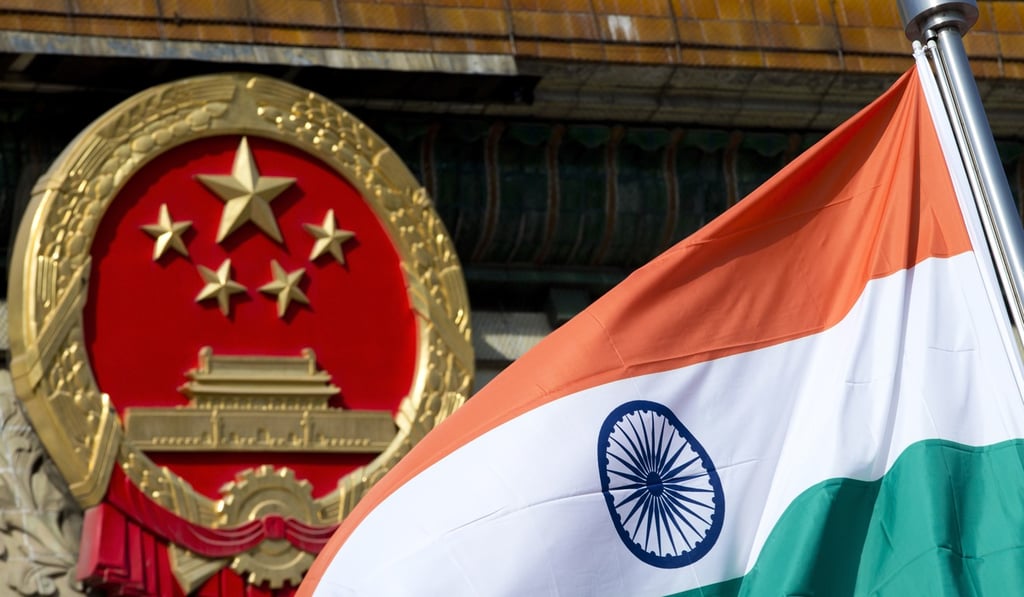What South China Sea rivals can learn from the Doklam border dispute
Resolution of the India-China border dispute is testament to the strength of boundary management protocols


A host of questions abound regarding the timing of the denouement. Did Xi blink in order to remove a dark cloud over the impending BRICS summit as well as the forthcoming 19th National Party Congress? Was Modi read the riot act that forced him to move first? Was Bhutan a silent bystander through gritted teeth all along?
Doklam then and now: from British to Chinese interests, follow the money
Larger questions abound regarding the motivation and chosen course of action by both parties. What prompted Beijing to build a road of marginal military value in a sensitive security zone where it suffers obvious tactical disadvantages? How wise was it for New Delhi to militarily intervene on Thimpu’s behalf to uphold the latter’s feebly-articulated claims of sovereignty over a patch of territory that had all along been under Beijing’s effective control? Shouldn’t New Delhi have made its point and withdrawn much earlier, as it has in previous instances along the Line of Actual Control (LAC) – its undefined border with China?